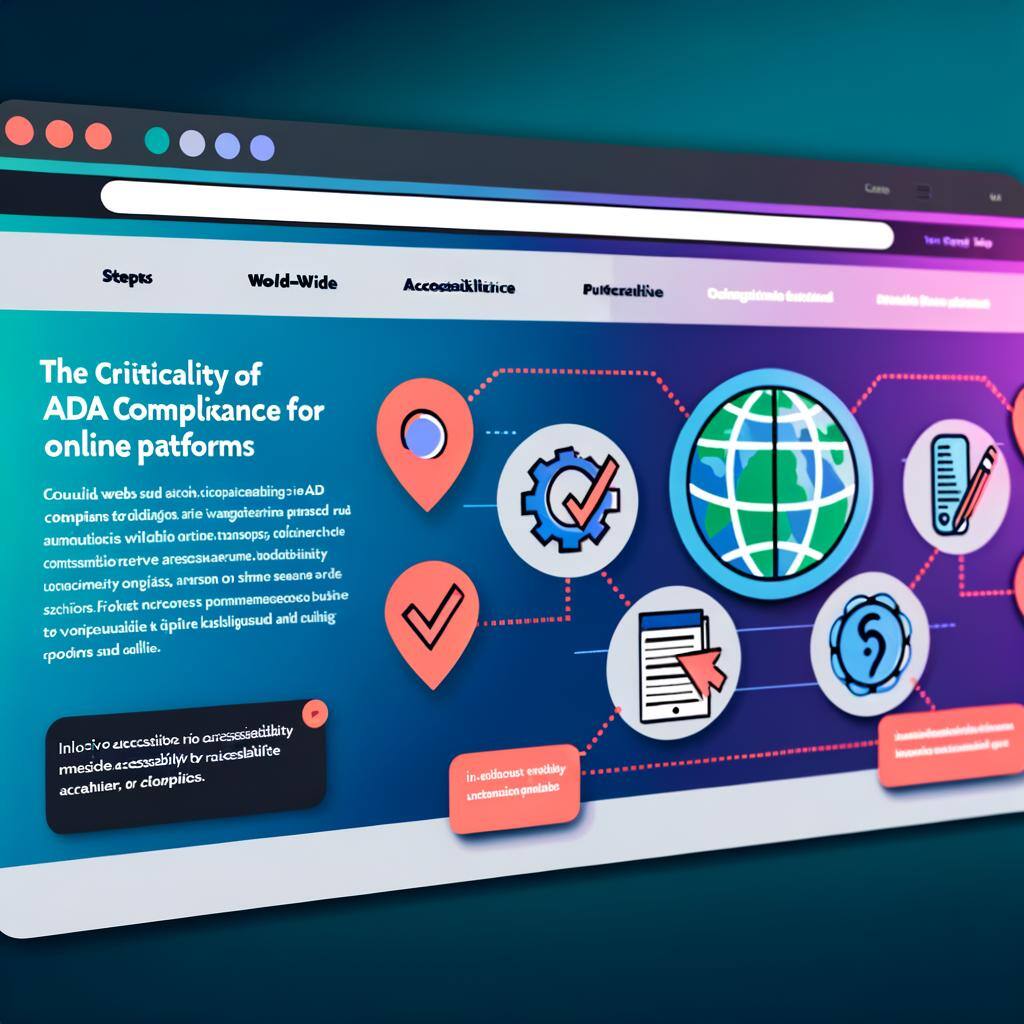How to Make Your Website ADA-Compliant
null • Aug 28, 2024 2:51:03 PM • Written by: James

Explore essential steps to ensure your website meets ADA compliance, enhancing accessibility for all users.
Understanding ADA Compliance and Its Importance for Websites
ADA Compliance refers to the Americans with Disabilities Act Standards for Accessible Design, which mandates that all electronic and information technology must be accessible to people with disabilities. For websites, this means ensuring that all users, regardless of their abilities or disabilities, have equal access to information and functionality.
Understanding ADA compliance is crucial not only for legal reasons but also for fostering an inclusive online environment. By making your website accessible, you ensure that everyone, including individuals with visual, auditory, cognitive, or motor impairments, can navigate and interact with your site.
Essential ADA Compliance Features for Your Website
Key features for ADA compliance include text alternatives for non-text content, such as alt text for images, and ensuring that all functionality is available from a keyboard. Additionally, your website should provide captions for multimedia, use sufficient contrast for text, and allow users to resize text without loss of content or functionality.
Other essential elements include providing clear navigation and structure, using accessible forms and tables, and ensuring that your website does not include content that causes seizures, such as flashing lights. Implementing these features helps create an inclusive digital environment for all users.
Step-by-Step Guide to Auditing Your Website for ADA Compliance
Begin by conducting a preliminary audit using automated accessibility testing tools to identify obvious issues. Next, perform a manual review to check for problems that automated tools might miss, such as keyboard navigation and screen reader compatibility.
Engage users with disabilities to provide feedback on your site’s accessibility. Finally, prioritize the issues you’ve identified, create a plan for addressing them, and document your efforts to demonstrate compliance. Regular audits and updates are essential to maintaining ADA compliance.
Implementing Accessibility Tools and Technologies
There are several tools and technologies available to help make your website ADA-compliant. Screen readers, such as JAWS and NVDA, assist visually impaired users, while browser extensions like WAVE and Axe can help you identify and fix accessibility issues.
Additionally, consider using accessibility overlays and widgets that provide features like text resizing, color contrast adjustments, and keyboard navigation aids. These tools can significantly enhance the user experience for individuals with disabilities.
Maintaining and Updating Your Website for Ongoing ADA Compliance
ADA compliance is not a one-time task but an ongoing commitment. Regularly update your website’s content and features while ensuring they remain accessible. Monitor changes in ADA guidelines and best practices to stay compliant.
Train your team on accessibility standards and encourage a culture of inclusivity. Periodically re-audit your website, gather user feedback, and make necessary adjustments. By continuously maintaining and improving your site’s accessibility, you ensure an inclusive experience for all users.
